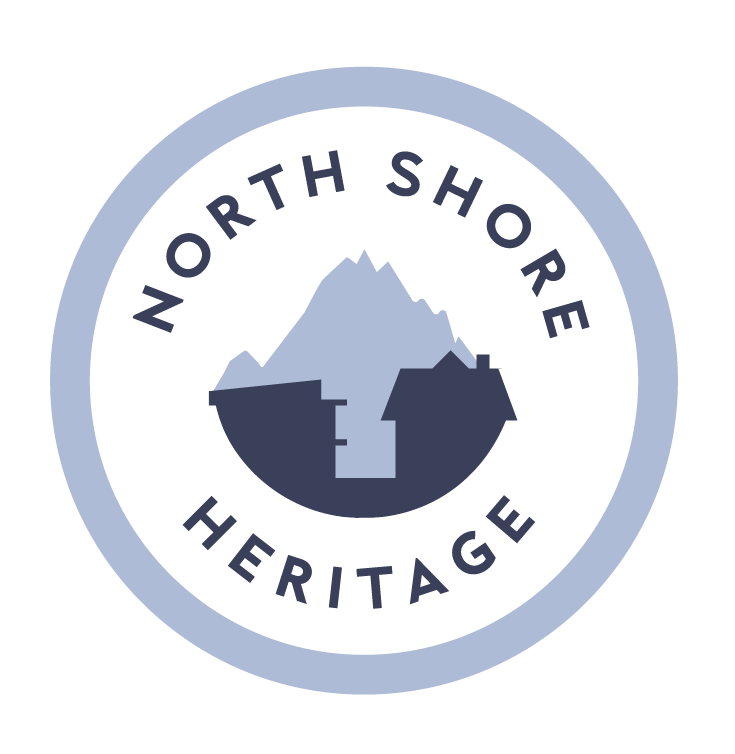Residents of West Vancouver are concerned to learn that yet another of their heritage houses — the Forrest-Baker residence at 1143 Eyremount Drive — is in jeopardy of being demolished and are calling for it to be stopped.
The Forrest-Baker residence was built in 1962. It is an excellent example of what has come to be recognized internationally as the West Coast Architectural Design for houses and, in fact, was the winner of a 1964 Massey Medal for Architecture awarded by the Royal Canadian Geographical Society.
The architect was the well-known Ron Thom who worked with Dick Mann of Vancouver’s premier architectural practice of Thompson, Berwick, Pratt and Partners.
This iconic house features a dramatic ‘winged’ roof the folded planes of which appear to float over the building’s mostly glazed exterior walls.
As was typical of many houses that the ‘renegrade’ young architects of that era designed, the sites presented challenges in the form of steep slopes and/or rocky outcrops. It was their ingenuity in overcoming and indeed celebrating these natural features that led to the, then, unique design solutions which created the now much admired ‘Coast Modern’ design aesthetic.
On November 18, 2019, the District of West Vancouver Council put a 60-day stop order on the application to demolish the house. This local authority ‘tool’ was intended to provide ‘breathing space’ for the planning department to negotiate with the owner by offering relaxations to the zoning requirements in return for an agreement to retain the heritage house.
The successful outcome would be in the form of a Heritage Revitalization Agreement (HRA).
Unfortunately, there have been too many recent examples where this strategy has failed including the Rockhaven House at 3612 Marine Drive, the McClelland House at 2981 Marine Drive, and The Chin House, at 1870 Orchard Way.
At present, it looks like the Forrest-Baker residence is about to suffer the same fate. Why is this and what could be done to prevent other heritage houses being lost in future?
The obvious answer is that the 60-day stop to the demolition permit application comes too late in the development process. By the time the owner/developer gets around to making the application to demolish, a considerable amount of planning for and designing of the new building had been undertaken and paid for. It then becomes quite impractical and potentially costly to abandon those plans to reverse course and enter into discussions with the local authority regarding a possible and possibly contentious HRA.
It is clear therefore that measures need to be taken much earlier in the planning process. All properties with ‘heritage’ features need to be ‘flagged’ in the municipality’s data-base and WestMap system. As soon as an inquiry is made regarding the development potential of a ‘flagged’ property, planning staff can immediately explain the development relaxations and other incentives which could be accessed by the application of an HRA.
Thus the benefits can be considered by the owner/developer well before another course of action has been embarked upon.
If the municipality could use its resources to educate home owners via printed material, web-pages and even workshops to ensure that the advantages of an HRA are more widely understood, we might indeed put a stop to these valuable houses being carted away to a landfill.
Peter Miller is the president of North Shore Heritage and a retired architect whose projects often involved heritage buildings both in Vancouver and London, UK.
This article was originally published on The Global Canadian website and is republished with permission.
